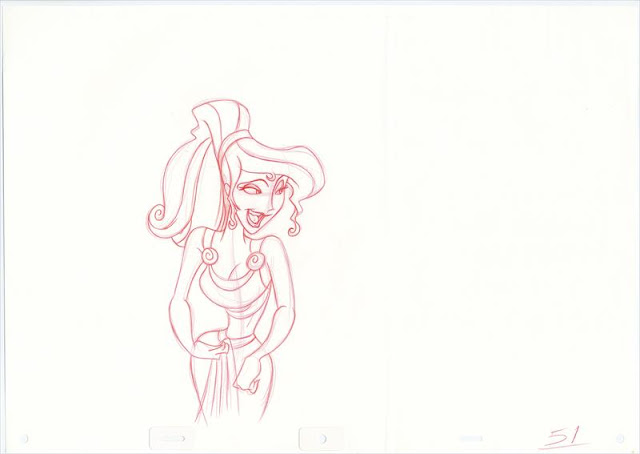WALT DISNEY STUDIO
Song of the South (late-1940s-60s)
studio animation model sheet
photostat on paper, dimensions: 11" x 14"
Song of the South (late-1940s-60s)
studio animation model sheet
photostat on paper, dimensions: 11" x 14"
Since the early 1930s the Disney Studio has produced model sheets of its animated characters and/or atmosphere and concept art for circulation among artists and animators working in production of an animated film. Before the 1970s they were reproduced by a photostatic or printing process. They were made when a character or setting was in development and to help animators maintain a consistent look to the character throughout the film.
This photostat model sheet titled "Uncle Remus Bear Model" was made at the Disney Studio sometime in the late-1940s through 1960s after production of Song of the South was completed. It shows details of Brer Bear, including one image and note referring to the bald spot atop his head that is seen only in the "Tar Baby" sequence after Brer Fox removes the tar baby's head, and some fur, from atop Brer Bear's head. It is a good quality second-generation print made from a model sheet for reference and future use by artists at the studio. "Jaxon," the approval of cartoon director Wilfred Jackson, is seen below the title.














